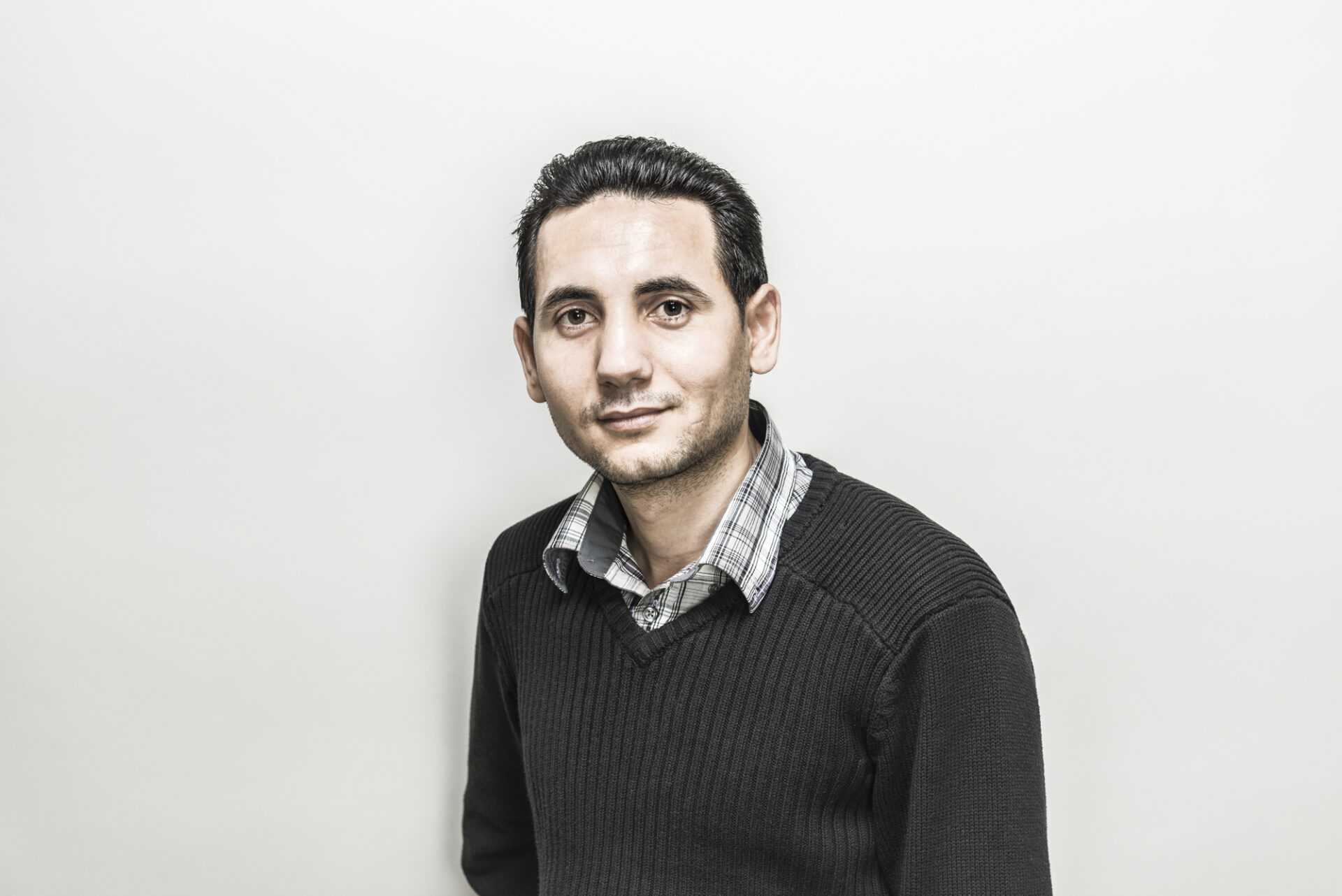Lassonde researcher receives provincial funding to revamp Ontario’s energy system
Tags:

Green hydrogen is a sustainable, renewable and versatile energy carrier which can be used to support many industry sectors without releasing greenhouse gases. One promising option for producing green hydrogen is electrolysis, which can split water into hydrogen and oxygen using electricity from a renewable energy source. Unfortunately, the production, storage and transport of this resource is highly complex and costly.
Despite these challenges, the Government of Ontario aims to integrate green hydrogen into the province’s electricity system. Supporting these efforts is Hany Farag, an associate professor in the Electrical Engineering & Computer Science Department at York University’s Lassonde School of Engineering, who recently received provincial funding as part of the Hydrogen Innovation Fund (HIF).
HIF is a brand-new funding initiative established by the Government of Ontario and administered by the Independent Electricity System Operator (IESO). Professor Farag belongs to the first group of researchers to successfully attain this funding. Over the next three years, the initiative will invest more than $15 million to help integrate hydrogen into Ontario’s clean electricity system.
In collaboration with Alectra Utilities, Bruce County, York University Facilities Services and other industry partners, Professor Farag will investigate ways to implement Green Hydrogen Plants (GHPs) across Ontario. The proposed GHPs are dedicated to the cost-efficient production of hydrogen, powered by excess electricity from the power grid.
The HIF-funded project will focus on developing engineering tools to inform the design of GHPs and assess potential opportunities and techno-economic challenges of GHP integration.
“There is currently no infrastructure that can support the integration of electricity and hydrogen,” says Professor Farag. “We want to facilitate the innovation of green hydrogen and this project will help optimize the design of GHPs and their integration into Ontario’s power systems.”
By providing research-backed information and planning tools to support GHP implementation, Professor Farag’s work will help inform action that contributes to Ontario’s target of net-zero carbon emissions by the year 2050.
“Electricity is the core sector we focus on in this work, but these tools will eventually help decarbonize other industries as well,” he says.
This project also positions Lassonde as a key contributor to the decarbonization of Ontario’s electricity, gas and transport systems, contributing toward global efforts to reduce greenhouse gas emissions while addressing several United Nations’ Sustainable Development Goals: 7 – Affordable and Clean Energy; 8 – Decent Work and Economic Growth; 11 – Sustainable Cities and Communities; and 13 – Climate Action.